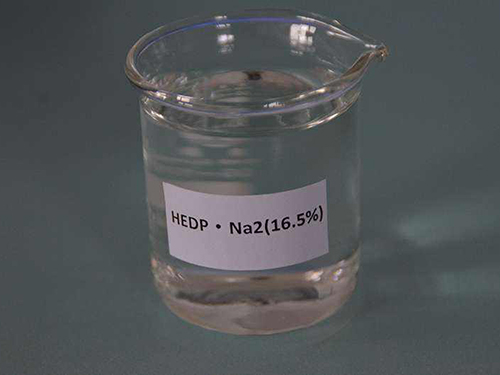Understanding the Properties and Applications of Amino Trimethylene Phosphonic Acid in Industry
Amino Trimethylene Phosphonic Acid (ATMP) Properties and Applications
Amino trimethylene phosphonic acid (ATMP) is a phosphonic acid derivative characterized by its unique chemical structure, which includes three methylene groups and an amino group linked to a phosphonate. This compound has garnered significant attention in various industries due to its remarkable chelating, scale inhibition, and corrosion inhibition properties.
Chemical Properties
ATMP is typically represented by the chemical formula C4H12N1O9P1. The presence of the amino group (-NH2) enhances the molecule's reactivity, allowing it to bind strongly to metal ions. Additionally, the phosphonic acid group provides strong chelation with divalent and trivalent metal ions, such as calcium, magnesium, and iron. This characteristic is particularly valuable in preventing scale formation in water systems, which can lead to significant operational problems in various industrial processes.
Applications
1. Water Treatment One of the most significant applications of ATMP is in water treatment. It acts as a scale inhibitor by chelating metal ions that can precipitate and form deposits on surfaces in boilers, cooling towers, and pipelines. This helps maintain system efficiency and prolongs equipment lifespan. ATMP is particularly effective in high-temperature and alkaline environments, making it a preferred choice for industries that operate under such conditions.
2. Detergents and Cleaners In household and industrial cleaning products, ATMP is used as a complexing agent. Its ability to bind to hard water ions prevents the formation of soap scum and enhances the effectiveness of surfactants. This makes ATMP a valuable ingredient in detergents, contributing to improved cleaning performance.
amino trimethylene phosphonic acid atmp

3. Oilfield Chemicals The oil and gas industry also utilizes ATMP as a scale inhibitor in the extraction and processing of crude oil. It helps prevent the formation of scale in production equipment, thereby minimizing downtime and maintenance costs while maximizing production efficiency.
4. Agricultural Chemicals ATMP finds applications in agriculture as a chelating agent for micronutrients, ensuring better absorption of essential minerals by plants. This enhances crop yield and quality. Its role in formulations for fertilizers helps in promoting efficient nutrient delivery to crops.
5. Industrial Processes In various industrial processes, ATMP is employed as a corrosion inhibitor. By forming protective layers on metal surfaces, it effectively reduces the rate of corrosion in systems exposed to aggressive chemicals and high temperatures.
Environmental Considerations
As with many chemical agents, the environmental impact of ATMP is worth noting. While it is considered less harmful than some traditional phosphonates, the ecological effects of its use in large quantities must be managed carefully. Some studies suggest that phosphonic acids can contribute to the eutrophication of water bodies if they enter aquatic ecosystems. Therefore, appropriate monitoring and regulation of ATMP usage are essential to mitigate potential risks.
Conclusion
In summary, amino trimethylene phosphonic acid (ATMP) is an essential compound in numerous applications, particularly in water treatment, industrial processes, and agriculture. Its ability to inhibit scale and corrosion, combined with its chelating properties, make it a valuable asset in enhancing operational efficiency across various sectors. As industries continue to seek efficient and sustainable solutions, ATMP's versatility and effectiveness position it as a key player in the ongoing development of chemical applications. Balancing its benefits with environmental considerations will be crucial for its future use in these vital industries.
-
Water Treatment with Flocculant Water TreatmentNewsJun.12,2025
-
Polymaleic AnhydrideNewsJun.12,2025
-
Polyaspartic AcidNewsJun.12,2025
-
Enhance Industrial Processes with IsothiazolinonesNewsJun.12,2025
-
Enhance Industrial Processes with PBTCA SolutionsNewsJun.12,2025
-
Dodecyldimethylbenzylammonium Chloride SolutionsNewsJun.12,2025





